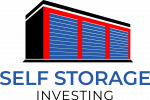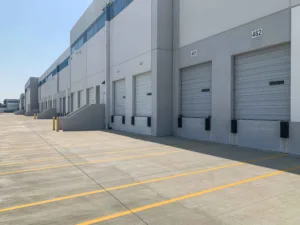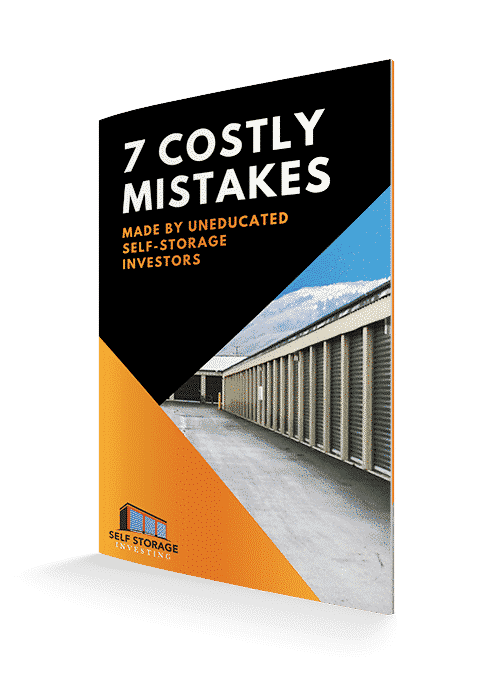Understanding the Benefits
There are several benefits to investing in an OZ. The first is tax deferment. Investors can defer the tax on any prior gains invested in a QOF until the date on which the investment is sold or exchanged, or Dec. 31, 2026, whichever comes first. The new law gives you 180 days to reinvest your gains. So, if you sold a self-storage facility in April 2019, you’d have approximately six months to reinvest that money into a QOF, and you could then defer paying taxes on the gain until December 2026—that’s nearly seven years!
As great as that is, it isn’t even the best part. The longer you hold your investment in the QOZ, the better the benefits. Let’s say you purchase a property and hold it for at least five years. You’ll be eligible to increase your basis by 10 percent. That portion of your gain will be forgiven and only 90 percent of your original gain is taxed. If you hold for at least seven years, your basis is increased by 15 percent, meaning only 85 percent of your original gain is taxed. But the real beauty of investing in an QOZ is if you stay for 10 years, you’re allowed to increase your basis to the fair market value of the investment on the date it is sold. This wipes out any additional gains on the appreciation of the property!
For example, let’s say you invested a $250,000 gain into a QOF that then invested in a small self-storage facility. After five years, you’d only be taxed on $225,000. After seven years, you’d only be taxed on $212,500. At 10 years, the facility is worth $850,000 and it’s time to sell. Instead of a gain of $600,000 from appreciation, you have a zero gain based on the appreciation basis increase, and you won’t have to pay taxes on $637,500.
The only thing you must do to take advantage of one of these opportunities is invest a recognized gain in a QOF and elect to defer the tax on it. A recognized gain can be any kind, whether from the sale of real estate, stocks, artwork, mutual funds, etc. Though it must be reinvested into the QOF within 180 days of the sale or exchange, there’s no limit to the amount of gain that can be invested into the fund.
In the past, to defer the taxes on a gain, it had to be reinvested into a like-kind investment—real estate into real estate, stocks into stocks, and so on. That isn’t true with a QOF. For example, someone who’s been thinking about getting into real estate with gains from the stock market now has a chance to do so.
Doing Your Homework
As you review the OZ maps, keep in mind you still must perform due diligence on the acquisition of an existing facility. On any conversion or new development project, you must employ a feasibility consultant before you get too excited. What you may begin to see is many deals that didn’t look good on the surface suddenly become attractive when you factor in the savings this opportunity provides. When creating your projections, however, just remember that depressed neighborhoods come with a few more operational challenges.
I recently realized a 40 percent savings on the back end of a site I acquired with equity in the form of “gains” from a previous project. I then rolled it into a QOF and invested in a conversion project I plan to hold for 10 years to get the maximum benefit.
Can OZs help you build your self-storage empire a bit faster? As investors, we want to take advantage of as many resources as possible to reduce expenses, the most expensive of which is always taxes. No surprise, the introduction of the OZ program has mobilized investors to snap up projects to hold for 10 years or more. It’s one of the most powerful tools for creating wealth in real estate and self-storage!





